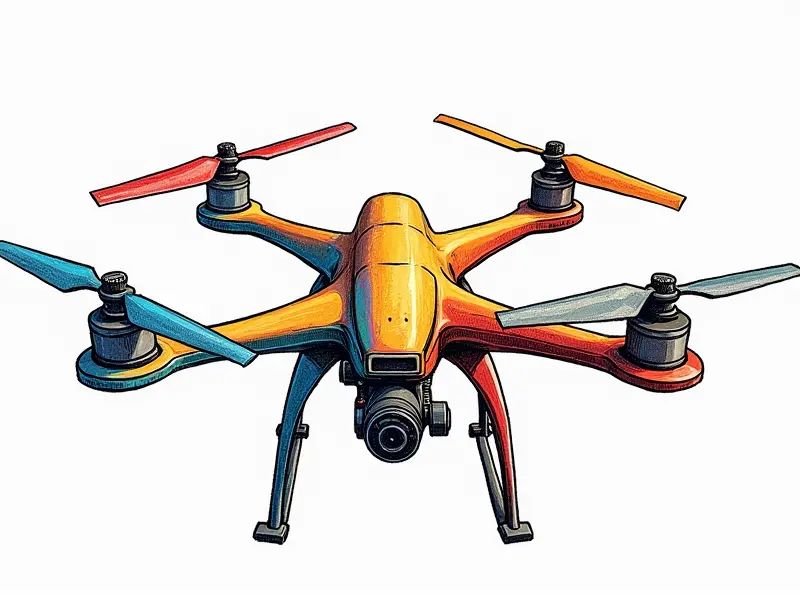How do RC helicopter gyros work?

Why Gyros Are Crucial for RC Helis
Gyros are essential components in remote control (RC) helicopters, playing a critical role in maintaining stability and maneuverability. Without gyros, an RC helicopter would be difficult to control and prone to erratic movements due to the inherent instability of its design.
An RC helicopter gyro stabilizes the aircraft by continuously adjusting the tail rotor pitch to counteract unwanted yawing movements. This process is crucial for maintaining a stable hover or performing precise maneuvers.
Understanding RC Helicopter Stability
The stability of an RC helicopter depends on several factors, including the balance between lift and drag forces, aerodynamics, and control systems such as gyros. Properly tuned gyros are vital to achieving optimal performance and responsiveness.
Mastering RC Helicopter Stability Control
- Tuning: Fine-tune your gyro settings for better stability and response.
- Trimming: Adjust trims to ensure balanced flight dynamics.
- Testing: Regularly test the helicopter’s performance under different conditions.
RC Helicopter Gyros: Function and Benefits
Gyros function by monitoring angular velocity around a specific axis and applying corrective forces to maintain stability. They offer numerous benefits, including improved maneuverability, reduced pilot fatigue, and enhanced flight safety.
How to Tune Your RC Helicopter Gyro
- Start with factory settings: Begin tuning from the default gyro values provided by the manufacturer.
- Adjust sensitivity: Increase or decrease sensitivity based on flight performance needs.
- Test in different modes: Evaluate stability and responsiveness during hover, forward flight, and maneuvers.
The Science Behind RC Helicopter Gyros
Gyros operate based on the principles of angular momentum and torque. By detecting yaw rate changes, gyros apply corrective pitch adjustments to the tail rotor, ensuring that the helicopter maintains a stable orientation.
RC Helicopter Gyros Explained in Depth
An RC helicopter gyro consists of several key components:
- Sensing mechanism: Detects angular velocity and sends signals to the control unit.
- Control circuitry: Processes sensor data and calculates corrective actions.
- Mechanical actuator: Adjusts tail rotor pitch according to control signals.
Secrets Behind RC Helicopter Gyro Operation
To fully understand gyro operation, it's important to grasp the underlying physics and engineering principles. Effective tuning requires a balance between stability and responsiveness, often achieved through iterative testing and adjustment.
Demystifying RC Helicopter Gyro Tech
Advanced gyros incorporate features like self-tuning algorithms and multi-axis control for even greater precision and ease of use. Modern gyro technology continues to evolve, offering improved performance and reliability.
Essential Guide to RC Helo Gyros
This comprehensive guide covers all aspects of RC helicopter gyros, from basic principles to advanced tuning techniques. By mastering these concepts, you can achieve optimal stability and control in your RC heli flights.
Conclusion
Mastery of RC helicopter gyro technology is essential for any serious hobbyist or professional pilot. Understanding how gyros work, their function and benefits, and the science behind them will enhance your ability to tune and operate your aircraft with precision and confidence.

